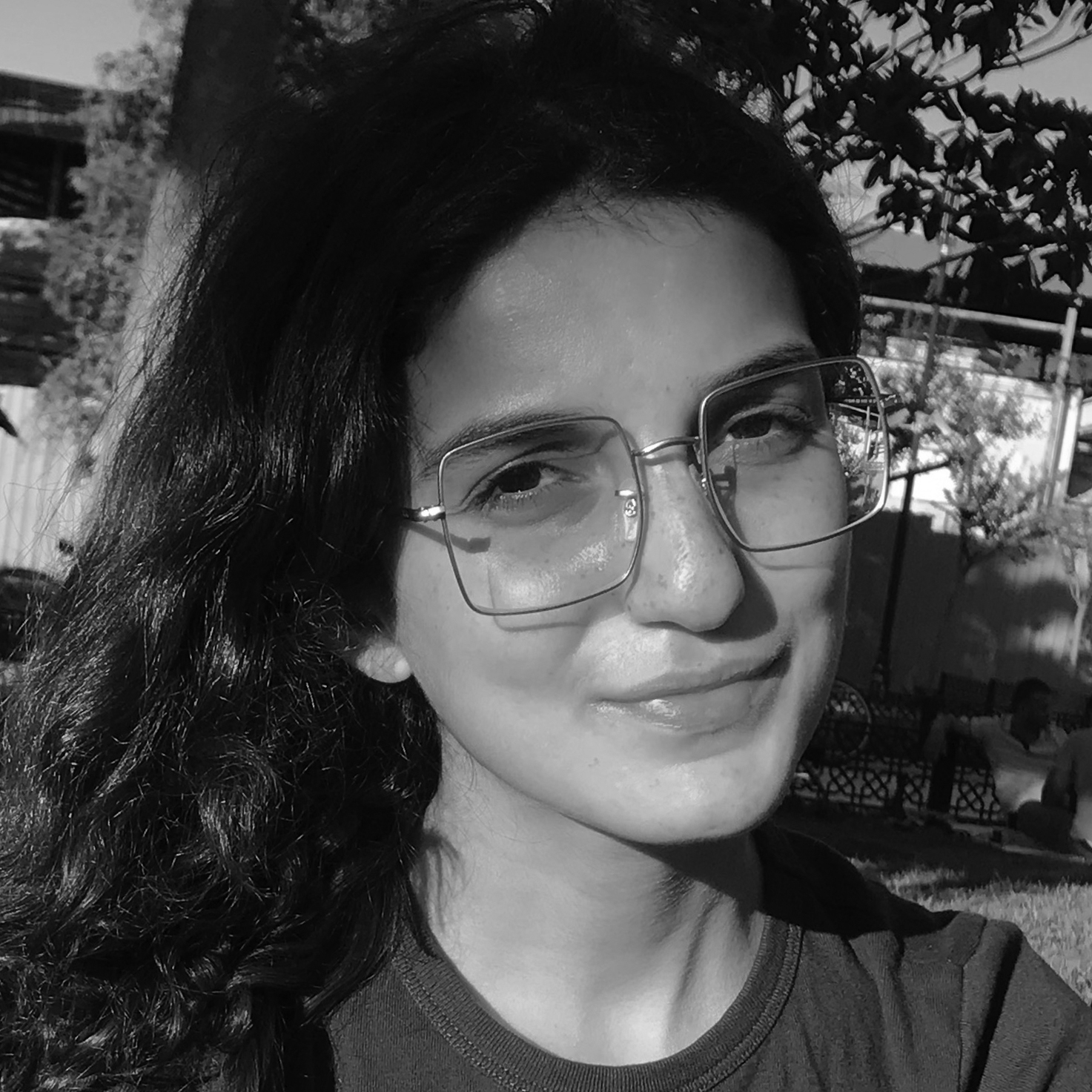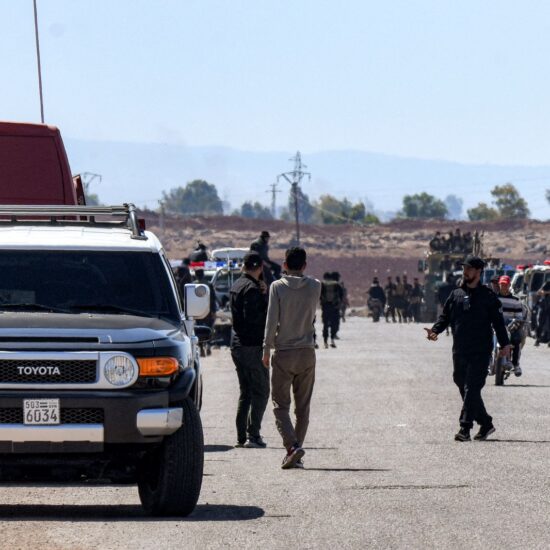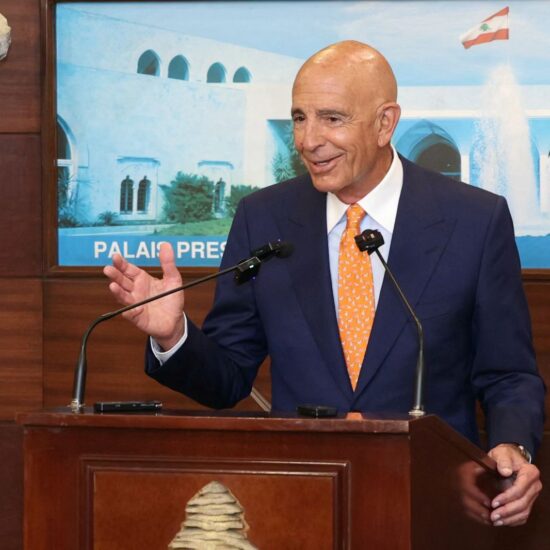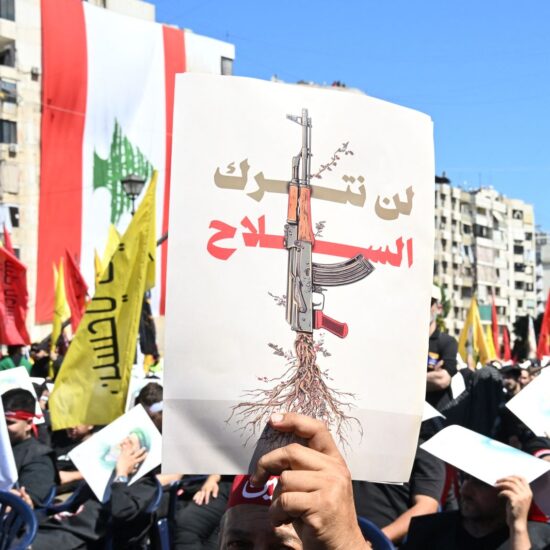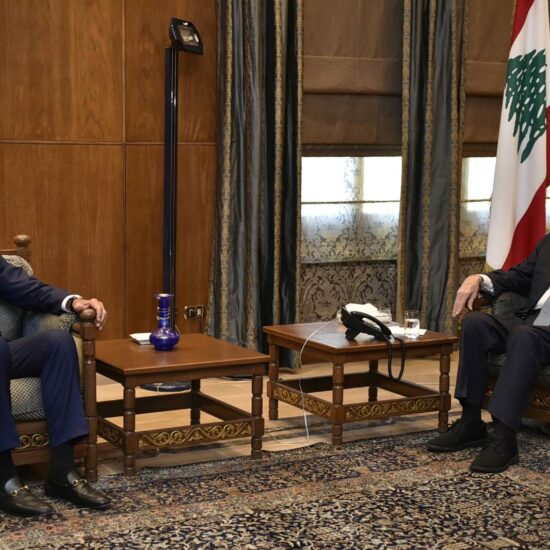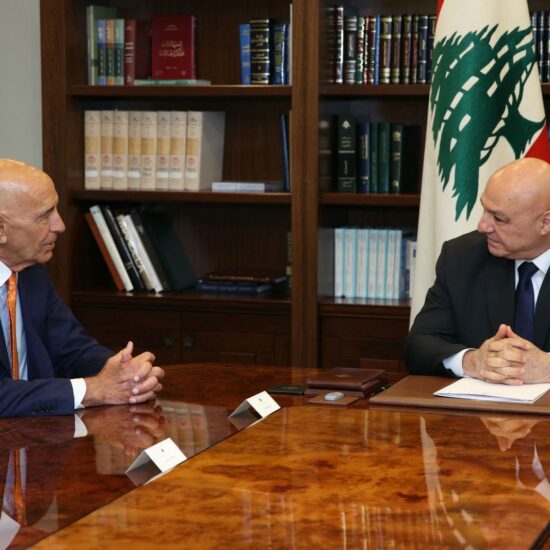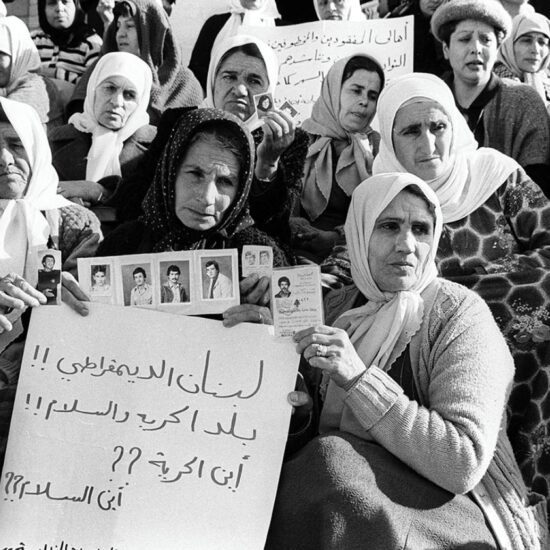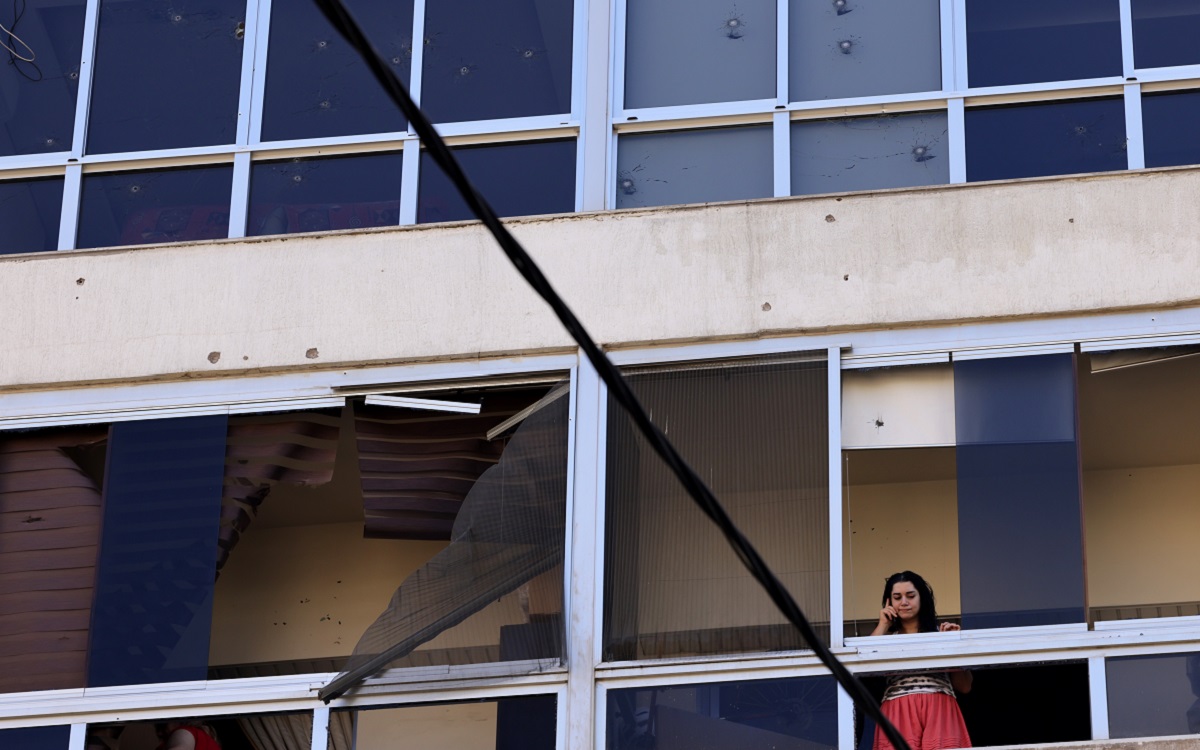
Big buses with scores of supporters of the two Lebanese Shiite parties, Amal and Hezbollah, headed towards Beirut’s Palace of Justice on Thursday, October 14.
They started to chant “Shia Shia” and “[Lebanese Forces Leader Samir] Gaegea is a Zionist” before they got off the buses and continued until they reached the streets of Tayyouneh, an area close to Beirut’s Palace of Justice, where they were scheduled to demonstrate.
At first, it was a small crowd that threw rocks towards an alley in Ein Al Remmeneh, a Christian neighborhood nearby. It quickly grew in number as more protesters dressed in black joined in.
“No one goes outside of the group”. “Everyone stay together,” some shouted.
This was the last effort to control the protesters before gunshots were fired, not immediately clear from where. Many on the streets ran to find shelter. Others stayed to fight. More came in later, carrying more guns.
The clashes that followed left 7 dead, including two bystanders, and over 30 people wounded. The fighting, involving some rocket-propelled grenades and machine-gun fire, also destroyed buildings, cars and shops in the areas of Tayouneh, Ain el-Remmaneh and Furn al-Chebbak all located on the old civil war lines of division.
Hezbollah and Amal Movement accused the Christian Lebanese Forces of having snipers shoot at protesters first. Pro-Hezbollah newspaper Al Akbar printed on Friday with a large cartoon of LF leader Samir Geagea dressed in a fascist uniform.
Geagea denied on Friday evening in an interview with Voice of Beirut radio that his party had planned any street violence on Thursday. He also said that, knowing the presence of LF supporters living in the area, the party’s head of security had called on the Lebanese Army to deploy and make sure the Hezbollah-Amal rally was to “pass by simply as a demonstration and not affect civil peace.”
The Lebanese Army announced it arrested at least 19 people involved in the clashes, from “both sides”.
But for the people whose homes are in the area of the clashes and who were caught in the fire, it is hard to pick up the pieces after Thursday’s shock.
Ghada Alaadine, the mother of three, was in her home in Tayyouneh, where the clashes started. Her husband had the day off, her eldest daughter had returned home after her dance class was canceled, and the youngest daughter didn’t go to school as the family feared for her safety..
“At first it seemed like a peaceful protest, no weapons in sight. But after a few gunshots, weapons were immediately present,” Alaadine told NOW.
During the civil war in Beirut, Ghada was in Saida, South Lebanon, so she hadn’t experienced the clashes between various sects firsthand.
“When the clashes began I felt stuck. I knew the war began and there was no way out. My brain couldn’t see an escape,” she said.
The initial shock
Sarah, 50, mother of two, could foresee the conflict happening when she initially heard about the protests called for by Amal and Hezbollah. She chose to stay home that day.
Her son, 14, was at school and her daughter,20, was out at a friend’s house.
When the first gunshots were heard, her first thought was about the children. Her daughter, Lana, ran home terrified during the shooting, escaping the bullets by miracle.
“Once my daughter was home, we started packing to head somewhere far,” the mother told NOW. “I really thought this was the beginning of a war.”
She had a panic attack.
“The neighbors had to come pick me up and calm me down, I couldn’t move but I also wanted to run.”
She collected her valuables and headed towards her friend’s house a few blocks away as she waited for her son to come home.
Alaadine could not run anywhere. Instead, her family of five were stuck in one bedroom with no TV so they could not get live updates of what was happening outside their house.
“My youngest daughter started to panic and cry, she didn’t understand what was happening. My husband and I were totally lost to what our options were. The whole time I was shaking with fear,” she said.
Panic
Soon after the clashes started, photos began circulating of students stuck at a school in Furn el-Chebbak. The students pictured were young; some hiding underneath their desks, others taking refuge in hallways, desperately gathering around teachers.
Sarah managed to get her son back from school and they all found a safer house to stay in.
Meanwhile, residents of the areas where the clashes took place started to call out for help to evacuate the area.
Alaadine’s building was emptied of most of the residents as many waited for a minute of ceasefire so they could head south with their cars.
The ones who remained hidden in the building’s entrance, where often, members of the press would join them.
“At some point, the gunshots started to pour like a thunderstorm,” the frightened mother claimed.
“There were also guys from the Amal movement going to the building’s rooftop as an attempt to locate the snipers and more people arrived chanting pro Shiite chants amidst the clashes. Did they expect the chants to protect them?” she said.
The aftermath
Sarah said she relived on Thursday both the Lebanese Civil War and the July 2006 Hezbollah – Israeli war.
“I hid in the same place today that I used to hide during these two wars and it feels like nothing has changed and maybe nothing ever will. Our blood is so cheap in this country,” she said.
Hezbollah and Amal organized large funerals for the fighters shot in the October 14 clashes. The funerals drew large crowds in the southern suburbs of Beirut and fighters shot in the air.
Alaadine’s family headed to Saida the following day. They returned home in the evening after the funerals ended and there were no more gunshots.
“If a war were to happen, all five of us would stay in the same room. If we die we die together and if we live, we live together. That way the kids won’t be orphaned and we won’t suffer the loss of our kids,” she explained.
Dana Hourany is a multimedia journalist with @NOW_leb. She is on Instagram @danahourany


